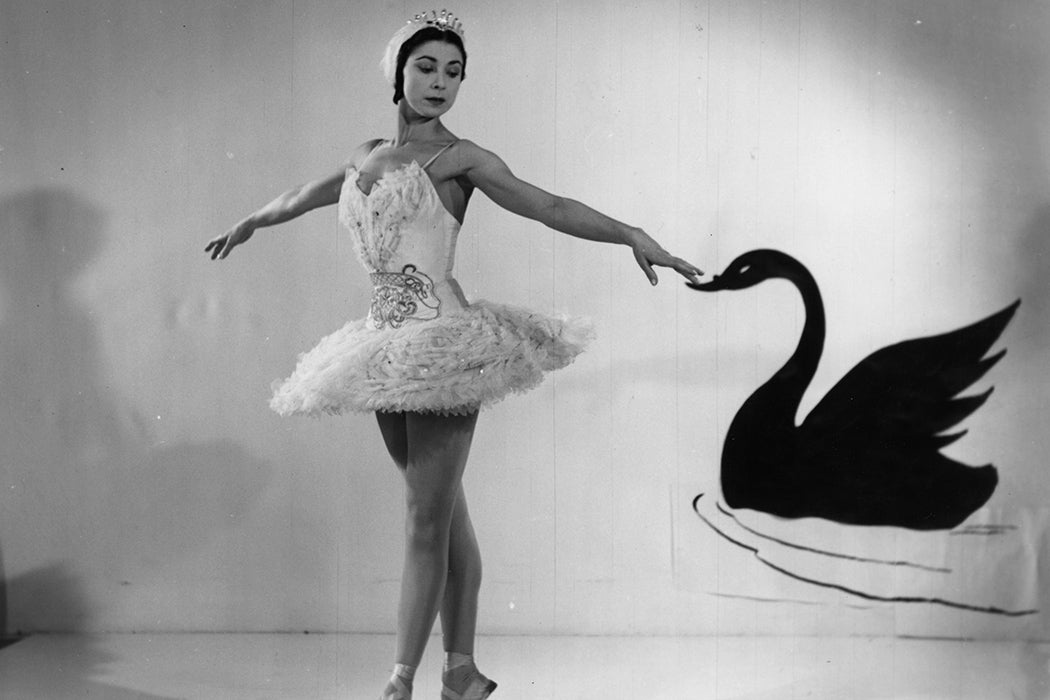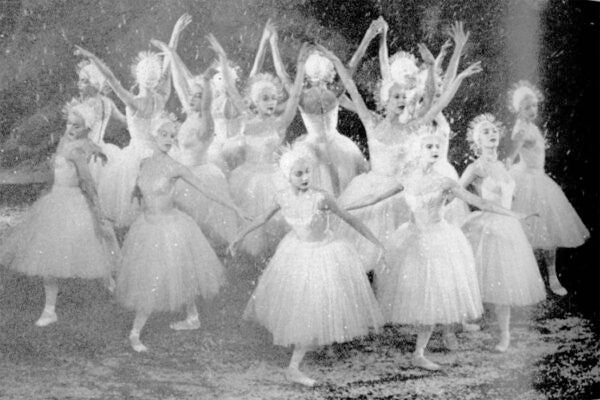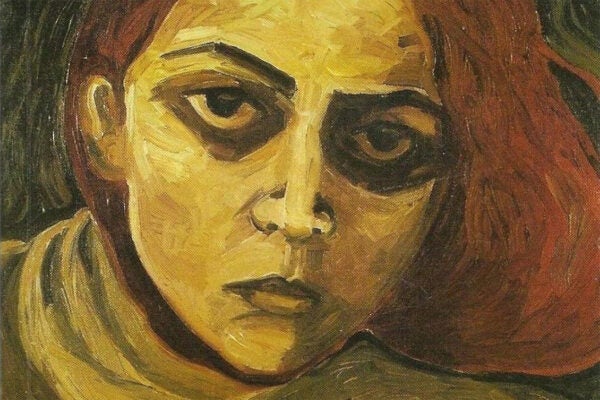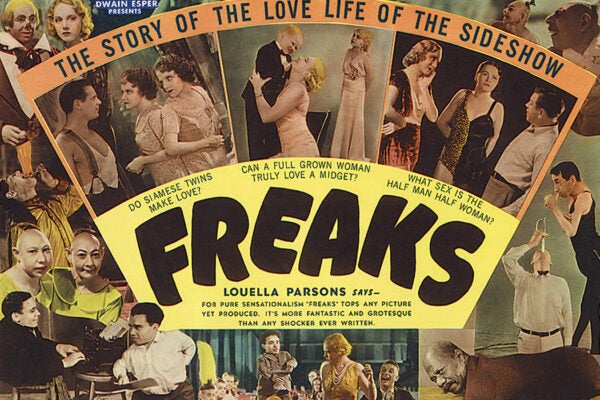Tchaikovsky’s Swan Lake is notable for its symphonic quality and its dreamlike atmosphere. But it’s also known for casting mandates that require the ballerina dancing the role of the Swan Queen, Odette, to also perform the role of Odile, her lookalike and nemesis. Odile, the daughter of the ballet’s main villain, Von Rothbart, seduces Prince Siegfried in Act III, tricking him into an oath of marriage that betrays the vow of love and devotion he’d made to Odette in Act II.
All these elements contribute to its popularity. “Swan Lake is considered to be the most popular of the classical ballets. It continues to attract big audiences, not only of balletomanes but other theatre-goers,” writes Helena Wulff in Ethnography.
The depiction of the two swans has been both an enigma and a source of inspiration for artists. “Movements used for Odette in Act II are repeated for Odile in Act III and give credence to the character and her ability to deceive Prince Siegfried,” writes Florence Waren in Performing Arts Journal.
The ballet underwent several rewrites before we obtained what is known as the canonical version in 1895.
“The tradition of one ballerina dancing the roles of Odette and Odile, which is such an important plot point in Black Swan, was not in the original ballet but began with Pierina Legnani in St. Petersburg in 1895,” notes Brian Collins in Contagion: Journal of Violence, Mimesis, and Culture.
The inspiration for the character of Odette comes from both German folk tales and Tchaikovsky’s earlier work, the mostly unperformed and abandoned opera Undina, which itself derived from a novella by German Romantic writer Friedrich de la Motte Fouqué. It concerns a female water sprite who marries a human to gain a soul, only to be betrayed by him. Only selected excerpts of the opera were performed, causing Tchaikovsky to recycle the music into other compositions.
“When Tchaikovsky began composing the adult version of Swan Lake, he inserted the love duet from the abandoned Undina, assigning the mermaid’s and knight’s vocal courtship to violin and cello,” writes Simon Morrison in Tchaikovsky’s Empire.
Odile, by contrast, was not always the sensuous femme fatale who presented as the negative, complementary image to Odette: several productions do, in fact, have Benno, Prince Siegfried’s sidekick, note that Odile looks nothing like Odette. Initially, Odile wore a brightly colored tutu. The notes of the 1877 version report on a costume made of maline lace, embroidered with gold stitches, with a bodice of straw-colored satin, decorated with sequins and gilt mesh. In the 1940s, Alexandra Danilova chose to have her own version of Odile outfitted in red. The black costume that mirrors its white counterpart only cemented itself as tradition after the Ballet Russe de Monte Carlo performed Swan Lake at the Metropolitan Opera House in the 1940s.
Stravinsky drew inspiration from Tchaikovsky’s swan universe. There are echoes of Odette in the captive princess of Stravinsky’s Firebird (1911), and he dedicated Le Baiser de la Fée, his 1928 ballet inspired by Hans Christian Andersen’s The Ice Maiden, to Tchaikovsky himself.
“It turns out that the Alpine Fairy is malign: there is something of [The Sleeping Beauty’s] Carabosse in her,” observed Lawrence Morton in The Musical Quarterly, “and of Odile too. Her fatal mark condemned the infant not for a life of fulfilled promise and happiness, but for an early death.”
Contemporary productions maintain a larger focus on the duality because of the plot possibilities it allows. Take Matthew Bourne’s all-male version, which debuted in 1995 in the West End and eventually moved to Broadway, with Odette as a male swan and Odile as a glamorous stud.
“Both characters function as seductive alter egos for Siegfried in a version that puts the Prince and his search for love and identity at the center of the plot and recasts the traditional female swan choreography into dance that is raw, powerful, and very male,” relays Wulff. “Bourne’s Swan Lake thus ‘imagined the Prince as heir to the British throne, Odette as a male swan (and gay icon), and Odile as a mystery man in tight leather trousers.’”
Most recently, this was the subject of Darren Aronofsky’s Black Swan, in which the protagonist, Nina, played by Natalie Portman, famously excels only in the Swan Queen role while struggling with Odile; at the same time, her doppelgänger, Lily, played by Mila Kunis, excels as though lacking Nina’s pristine technique.
“Nina only has technical ability; all her desire is an imitation. She is only the White Swan, forced to watch powerlessly through the window while the Black Swan seduces her beloved prince,” argues Collins. She only manages to master the Black Swan in the climax of the movie, allegedly after stabbing her rival to death, only to then discover that she had actually stabbed herself.
Weekly Newsletter
And while this dual role has been rife with artistic interpretations, it’s good to avoid reading too much into it.
“The Black Swan is neither a shadow self nor a figure of dark sexual desire. In the ballet, Odile is as ‘innocent’ as Odette in that she only goes through the motions of seduction by following her father’s whispered commands, not acting from some inner desire,” concludes Collins.







